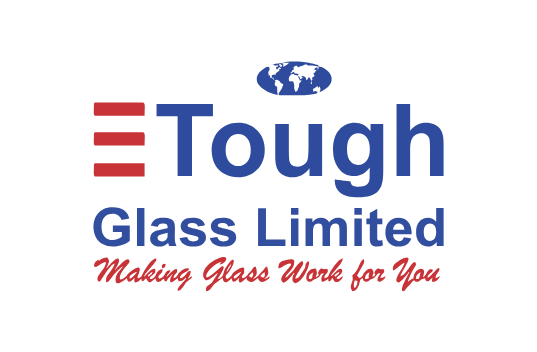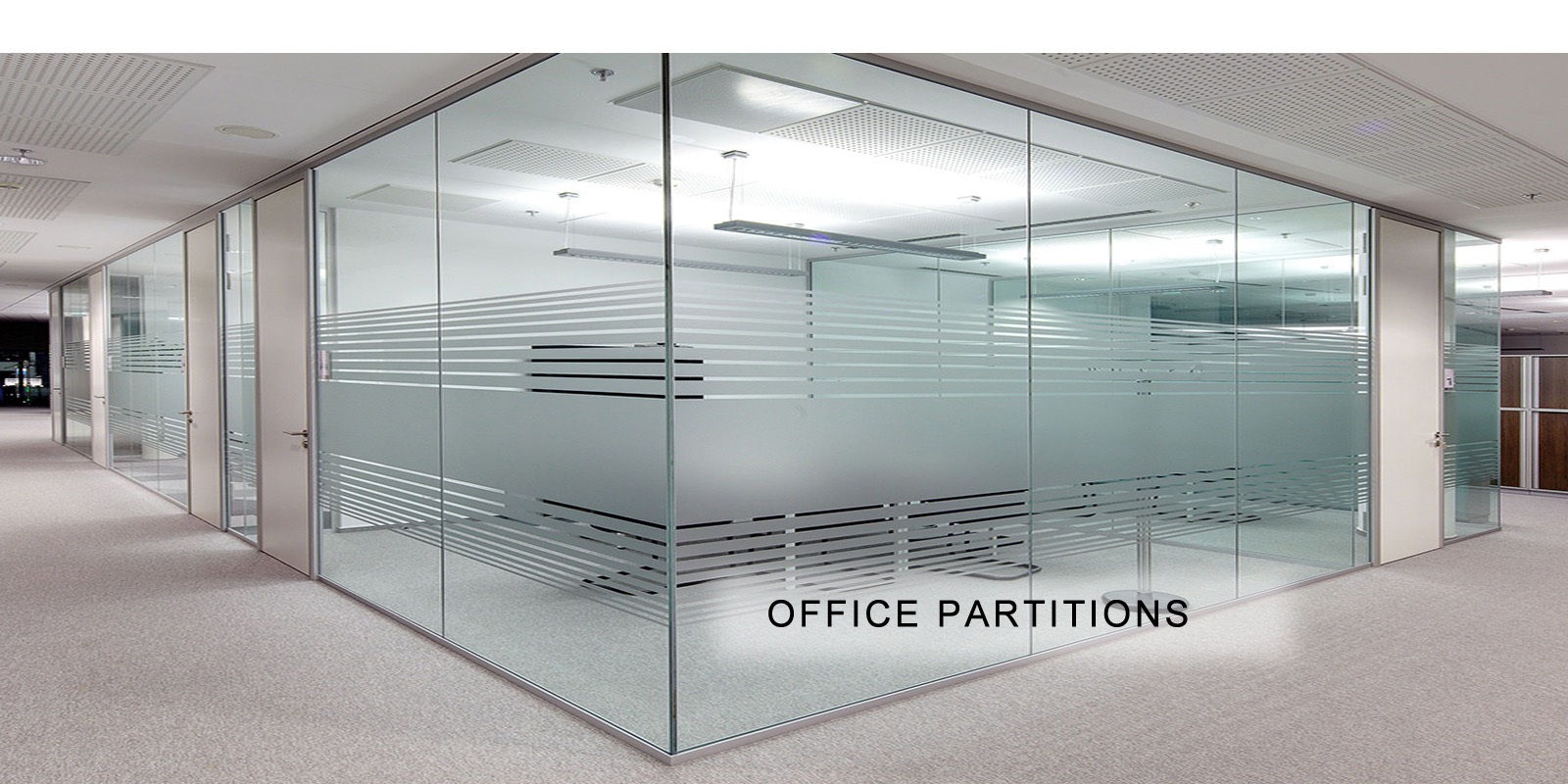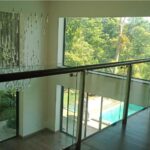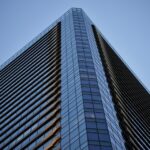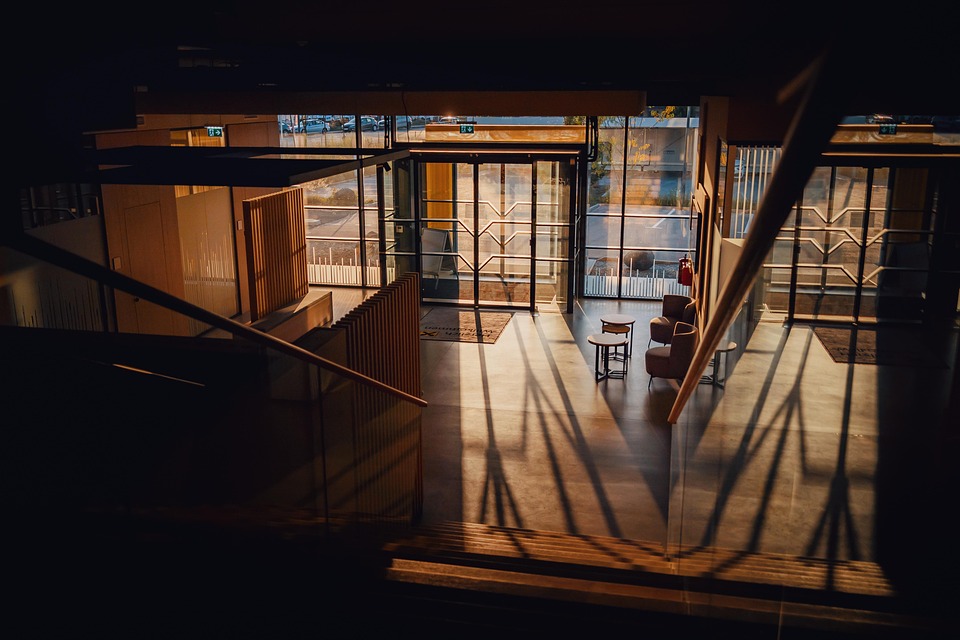
As Kenya’s middle class continues to expand, especially in fast-growing estates like Syokimau, Ruiru, and Athi River, there’s a noticeable shift in the way homes are being designed. One trend that is reshaping the indoor aesthetic of these residences is the increasing use of glass balustrades in Kenyan homes—a design choice once reserved for luxury properties.
A Changing Middle-Class Taste
Ten years ago, staircase design in most middle-income Kenyan homes relied on wooden handrails or wrought iron balustrades. These styles, while functional, offered limited modern appeal. Today, homeowners in Nairobi’s satellite towns are leaning toward sleek, minimalistic looks inspired by global design trends—mirrored in their preference for frameless glass railings and modern staircase ideas in Kenya.
Several factors are driving this transformation:
- Exposure to Global Design
With access to platforms like Pinterest, Instagram, and YouTube, Kenyan homeowners are more design-conscious than ever before. The idea of owning a house is no longer just about shelter; it’s about making a personal statement. Glass balustrades, often featured in international design showcases, are now perceived as aspirational features—symbols of sophistication and upward mobility. - Rising Urban Aspirations
Places like Syokimau, Ruiru, and Athi River are not just affordable alternatives to Nairobi—they represent opportunity and aspiration. Young families moving into townhouses or maisonettes here want interiors that match the modernity of their new neighborhoods. Glass staircase installation in Nairobi and its outskirts has become more accessible, thanks to local fabricators and installers offering budget-friendly solutions. - Real Estate Developers Responding to Market Trends
Developers are also adapting. In newly built gated communities, especially those targeting the upper-middle market, indoor staircase trends in Kenya now feature glass balustrades as a standard rather than a luxury upgrade. These touches appeal to buyers looking for homes that don’t just meet structural needs but also offer modern finishes.
Benefits of Glass Balustrades in the Modern Kenyan Home
Homeowners aren’t choosing glass balustrades just for looks—they come with functional advantages:
- Visual Space Enhancement: Glass allows light to travel freely, making even compact staircases appear more open and airy. In typical maisonettes or duplex apartments in Ruiru or Athi River, where space is optimized, this visual trick adds a premium feel.
- Safety without Bulk: Contrary to some misconceptions, tempered or laminated glass used in balustrades is incredibly strong and safe, often complying with KEBS safety standards. When properly installed, they offer both security and elegance.
- Low Maintenance: Glass is surprisingly easy to maintain. A quick wipe with a glass cleaner keeps it sparkling. Unlike wooden rails, it doesn’t warp or require regular polishing.
- Compatibility with Modern Interiors: Whether paired with wooden steps, tiled risers, or floating staircases, glass complements a wide range of interior styles—be it contemporary, minimalist, or transitional.
Glass Balustrade Customization: What’s Trending?
In the Kenyan market, customization is key. Homeowners in the middle class are increasingly choosing:
- Frameless Designs: Sleek and unobtrusive, these allow uninterrupted views and are popular in open-plan living areas.
- Stainless Steel Brackets or Rails: Offering durability and a touch of metallic contrast.
- Tinted or Frosted Glass Panels: For those looking to balance transparency with privacy.
- LED-lit Staircases with Glass Rails: Seen in more upscale homes in Syokimau and Mlolongo, adding ambiance and safety.
The Cost Factor
Affordability is crucial for middle-income families. While glass staircase installation in Nairobi used to be a costly affair, the increase in local suppliers has significantly reduced prices. For instance, a basic tempered glass balustrade system can now be installed at roughly KSh 6,000 to KSh 12,000 per meter, depending on thickness, fittings, and design complexity.
This puts glass balustrades well within reach for homeowners spending KSh 8 million to KSh 15 million on townhouses or maisonettes—common price points in Athi River and Ruiru.
Challenges and Considerations
While the trend is growing, there are a few factors Kenyan homeowners should consider:
- Proper Installation: Always use certified installers to ensure safety, especially in multi-storey homes.
- Cleaning Needs: Though easy to clean, glass does show fingerprints and smudges easily, so families with young children may need to clean more often.
- Availability of Quality Materials: Ensure you source from reputable dealers. Low-quality glass may not meet safety standards.
A Symbol of a Lifestyle Shift
Ultimately, the adoption of glass balustrades in middle-class housing in Nairobi is more than just a design preference. It reflects a lifestyle shift—one where Kenyan families aspire to homes that combine comfort, safety, and international flair. This trend also speaks to a maturing real estate market, where aesthetics matter just as much as location and square footage.
As Syokimau real estate design continues to evolve and new homeowners redefine modern Kenyan living, glass balustrades will likely remain a sought-after feature—blending beauty with function, and aspiration with affordability.
From once being the preserve of high-end Westlands apartments to now gracing maisonettes in Athi River, glass balustrades in Kenyan homes have found their place in the country’s design evolution. With the right balance of elegance, safety, and cost, they perfectly capture the spirit of Kenya’s rising middle class—forward-looking, style-conscious, and ready to embrace change.
